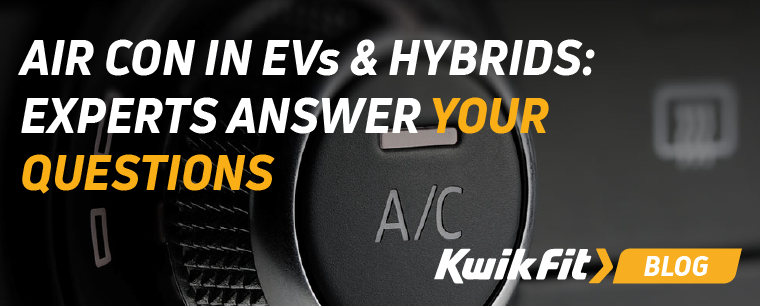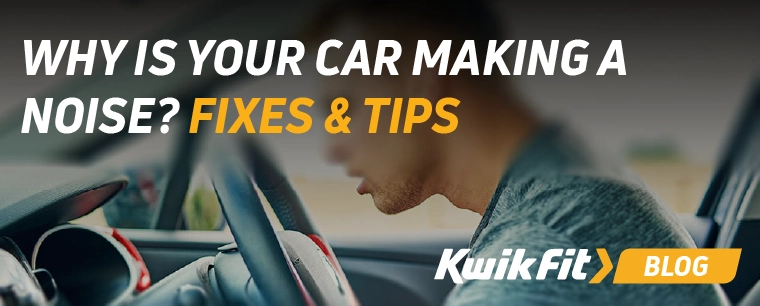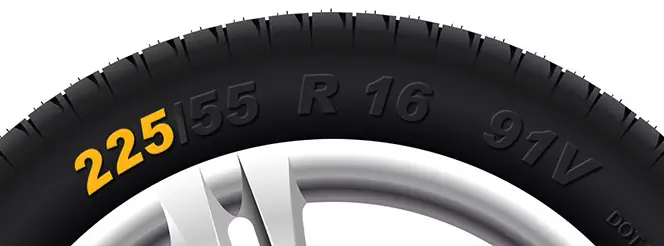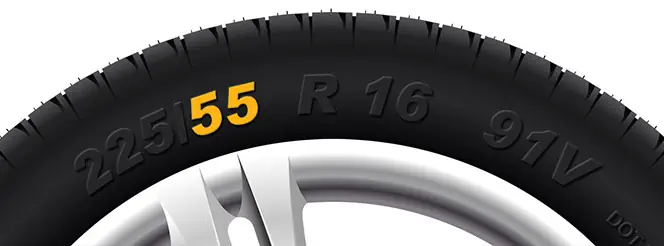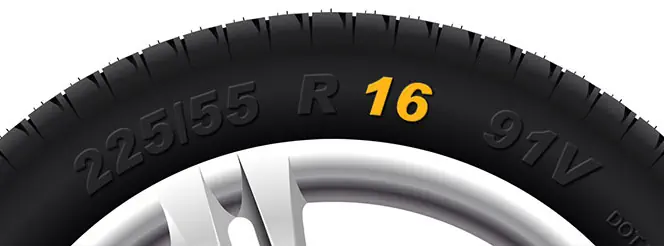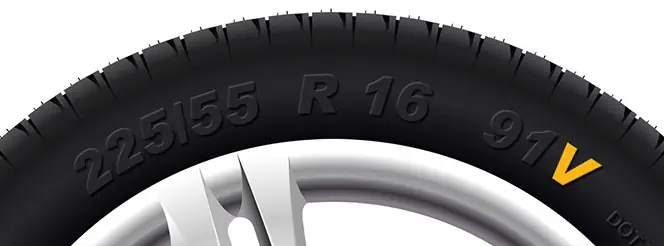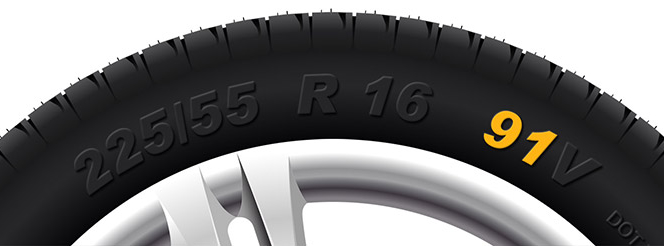Why You Should Check Your Tyre Pressure Often
Jack Dreyer | Thursday 1st July 2021 5:15pm
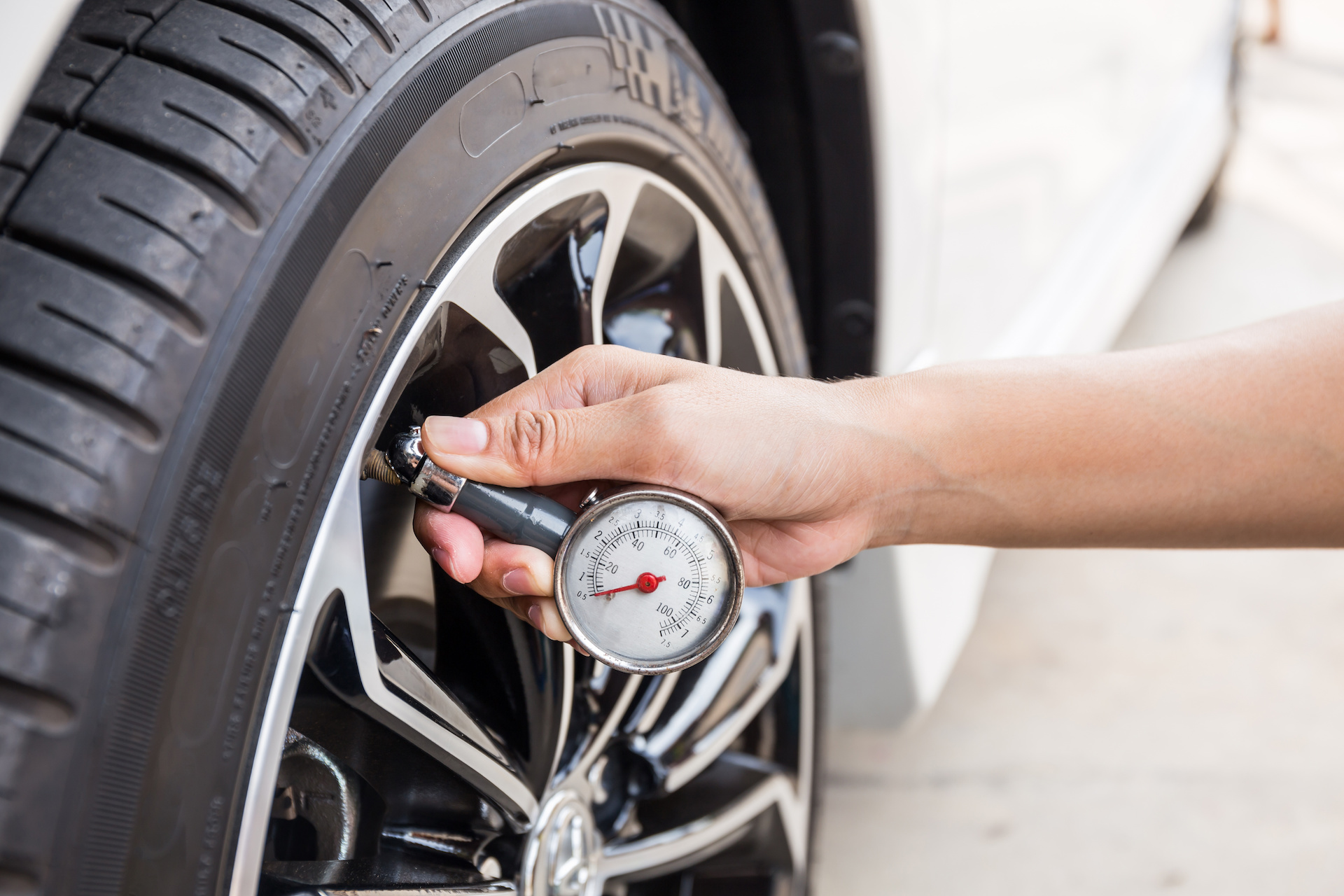
How often do you check your tyre pressure? If the answer is less than once a month, then this blog might be a game-changer for you.
It can be easy to neglect routine tyre maintenance, especially if your tyres appear to be in working order. However, on some occasions, you may not notice any issues until a problem occurs.
However, incorrectly-inflated tyres come with a whole host of risks to you, your passengers, and other road users, such as tyre failure or blowout. Read on to find out why it pays to check your tyre pressure weekly or before a long distance drive.
How to check your tyre pressure
Every car has a different optimal tyre pressure that its tyres should be inflated to. You can find this in your vehicle handbook or printed on the ledge of the driverís door. Keep in mind that front and rear tyre pressure might be different, depending on your vehicle.
If youíre still unsure, you can calculate it with our free tyre pressure tool.
Once you know this, visit the nearest petrol station with an air pump in the forecourt. If possible, make sure you visit the petrol station at the start of your drive and that itís not too far away. This is because tyre pressure is best checked when tyres are cold. Then, follow the steps below:
- You should first remove your valve caps, insert your money into the compressed air machine, type in your desired pressure, and then put the hose end over the tyre valve.
- Then, the machine will tell you what your current pressure is, and then automatically input air until itís at the correct pressure - youíll know when this is because itíll beep!
- If your tyre pressures should be different for front and rear, make sure you enter the correct pressure before inflating the next one.
- If your tyres are over-inflated, you can (cautiously) let some air out by pressing the metal valve inside the valve stem with a screwdriver or a key. You might need to inflate again to reach the right pressure once youíve done this.
You can find a more detailed guide to inflating your carís tyres here.
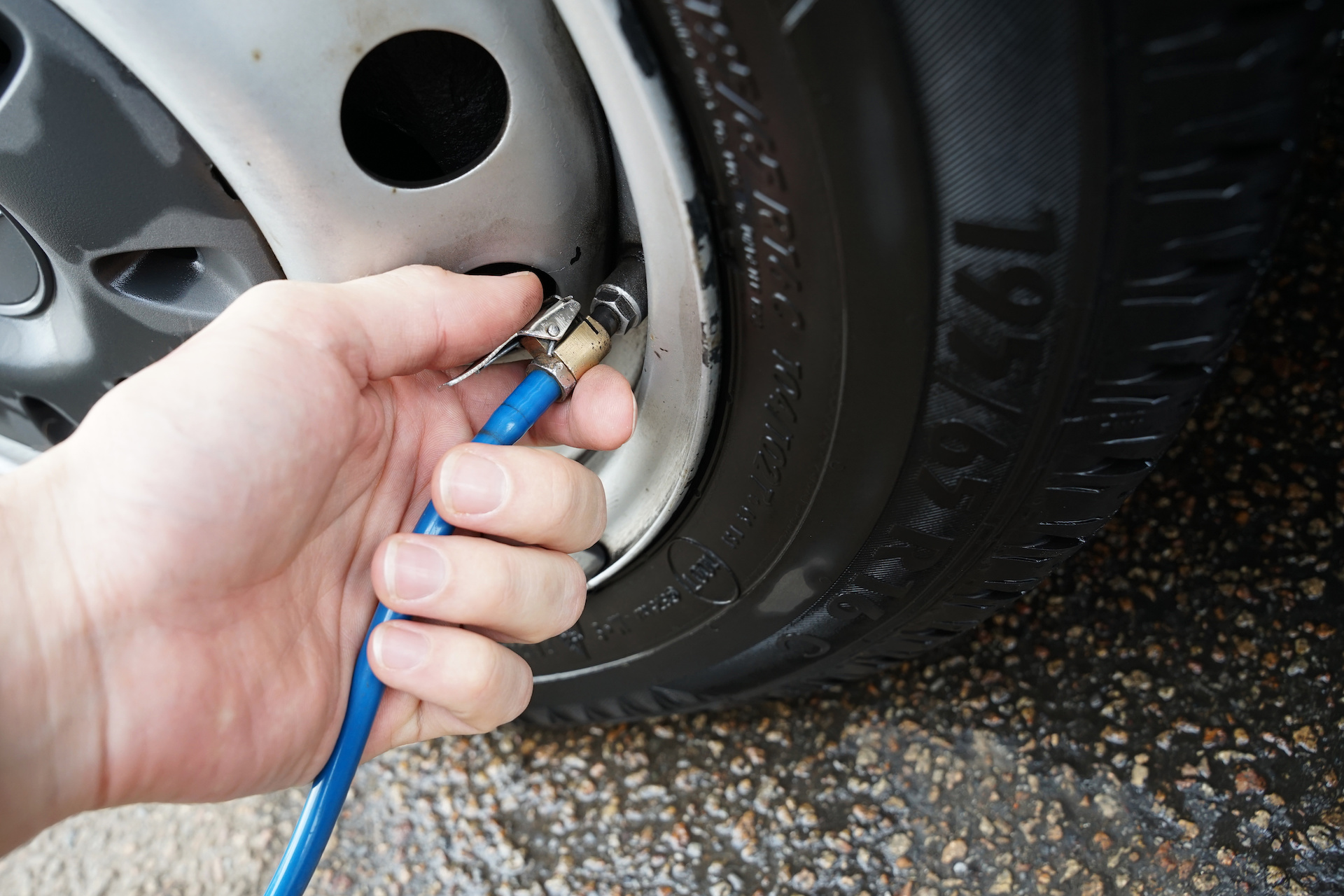
How to know if your tyre is over or under-inflated
It is important to know when your carís tyres are over or under-inflated, since each one comes with a whole host of risks.
Under-inflated tyres
Tyres generally lose up to two pounds of air per month. This leads to your tyres quickly becoming under-inflated if you donít keep an eye on them, making it crucial to perform a tyre pressure check weekly or before a long distance drive.
Under-inflated tyres have uneven contact with the road and, when left underinflated, your tyres will exhibit excessive wear on the inside and outside edges of the tread.
Not only does under-inflation mean that your tyres will wear out quicker (leaving you to replace them sooner than if they had the correct tyre pressure) but youíll also experience increased rolling resistance with the road. While you might not feel this added resistance when driving, youíll be getting fewer miles to the gallon, costing you more pounds at the pump.
Under-inflated tyres can also affect your steering, depending on the location of the underinflated tyre. If itís at the front of your vehicle, youíre likely to experience understeering. Under-inflated rear tyres, on the other hand, will increase oversteering.
In the event that all your tyres are under-inflated, your steering will be sluggish. Not to mention that all of your tyres being underinflated increases the risk of them blowing out - it becomes 4 times as likely, in fact. If that isnít enough to convince you to get your tyres pumped up, we donít know what is!
Over-inflated tyres
When it comes to over-inflated tyres, the risks are typically overlooked. Many drivers will say: ďSurely over-inflated tyres canít be that bad? The tyres will deflate to the correct tyre pressure eventually.Ē
This is a dangerous school of thought, as over inflating your tyres could be just as damaging and costly, often leading to premature tyre replacement. Over-inflated tyres have less contact with the road, meaning that you have less traction and will experience longer and less efficient braking distances. This poses a dangerous threat that can easily go unidentified without a routine tyre pressure check.
Because the centre of the tyre is making all the contact with the road, rather than distributing the contact across the entire surface of the tyre, your tyres wear heavily and unevenly across the central part of the tyre. This will mean that your tyres wonít last as long, and youíll be resigned to buying replacement tyres much sooner than you expect.

How to spot an under-inflated or over-inflated tyre
Being able to spot the signs of under or over-inflation is simple once you know what youíre looking for.
When it comes to tyres, itís easiest to think about balloons. Yes, really! Like a balloon, if you over-inflate a tyre, it bulges at the sides, but when you put it on the floor, only the outer edge touches the floor. An under-inflated balloon, on the other hand, will tend to sit quite flat on the floor. Car tyres operate in a similar way; having an under-inflated tyre means that more of the rubber stays in contact with the road while driving.
Tyres that have been incorrectly inflated will show increased wear at the points at which the tyre makes contact with the road, whether thatís the centre of the tyre or the inner and outer edges of the tread. A properly inflated tyre will wear evenly across the width of the tread.
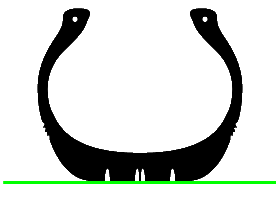
Correct Inflation

Under inflation
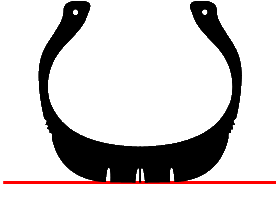
Over Inflation
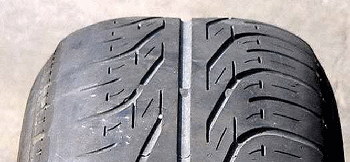
An under inflated tyre showing excessive wear along the inner and outer edges of the tyre
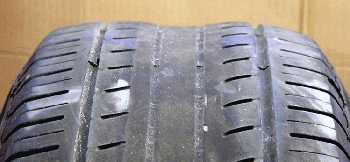
An over inflated tyre showing excessive wear across the middle section of the tyre
UK tyre law
In the UK, the legal minimum limit for tyre tread is 1.6mm. This tread depth must be consistent across the central three quarters, across the width of the tyre, and all the way around. So, even if the tread down the middle of the tyre meets this requirement, if your tyres show signs of excessive and irregular wear, you could be fined or penalised.
Check your tyre pressure at Kwik Fit
Here at Kwik Fit, driver safety is our primary concern. We offer a free tyre checking service, ideal if youíre concerned about irregular tyre wear, are unsure of how to check your tyre pressure, or simply want us to check your tyre pressures for you.
You can book a free pressure check online or visit your nearest Kwik Fit centre today.
Any facts, figures and prices shown in our blog articles are correct at time of publication.
Featured Articles
Is it Illegal to Drive With One Headlight?
Saturday 19th July 2025
Wondering if itís illegal to drive with one headlight? Learn about the safety risks and penalties of illegal blown bulbs and why you should fix them promptly.
Air Con in EVs & Hybrids: Experts Answer Your Questions
Monday 30th June 2025
Does air con drain EV batteries? Can you use the air con while charging an electric car? Find out the answers to these questions & more from Kwik Fitís experts.
Why Is Your Car Making a Noise? Fixes & Tips
Friday 13th June 2025
When your car starts making unexpected noises, it can certainly be quite disconcerting; it may be nothing to worry about, but hereís what you need to know.



